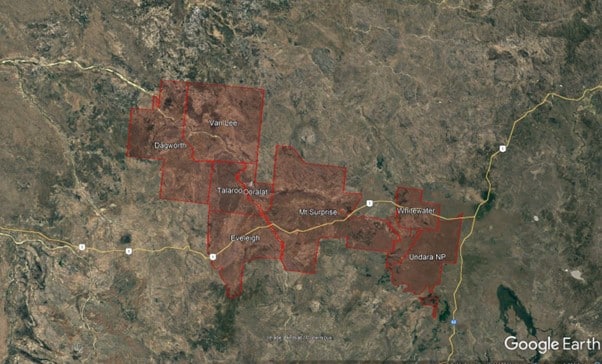We know that grazing practices have a big impact on land condition as well as the beef business’ bottom line. But how does it influence the abundance and diversity of wildlife across the grazing landscape?
Using a combination of motion sensor cameras, bio-acoustic recording and ants as an indicator, the team at Gulf Savannah NRM is on a quest to find out. We are running trials on six cattle stations throughout the Etheridge shire, which will attempt to quantify biodiversity and its relationship to land management practices.

Our hypothesis is to consolidate the findings from the Wambiana Grazing Trial: that moderate stocking rates and better land condition are not only better for profitability, but also support higher biodiversity.
Demonstrating that conservative cattle management promotes biodiversity can benefit graziers in several ways. Not only does it support the beef industry’s social license to operate, but it can also position beef businesses to take advantage of emerging environmental markets. This includes environmental sustainability frameworks and Agriculture-Biodiversity Stewardship packages, that may provide additional income streams for pastoralists in the future.
This project aims to quantify biodiversity in a broad sense and is not trying to identify any specific animals. We are only looking at the general level of biodiversity by quantifying how many types of animals are in the trial plots,” says Marcus Mulholland, Environment Team Leader at Gulf Savannah NRM.
“Two trial plots will be set up on each participating property, marked by star pickets which will be equipped with specialized monitoring equipment—camera traps and acoustic recorders.”
An array of small ant traps will also be placed centrally in the plot.
This project will run for 2 years, collecting biodiversity data each year at the end of the wet season, and then again at the end of the dry season.
This project has received funding support from QRIDA and the Australian Government.

